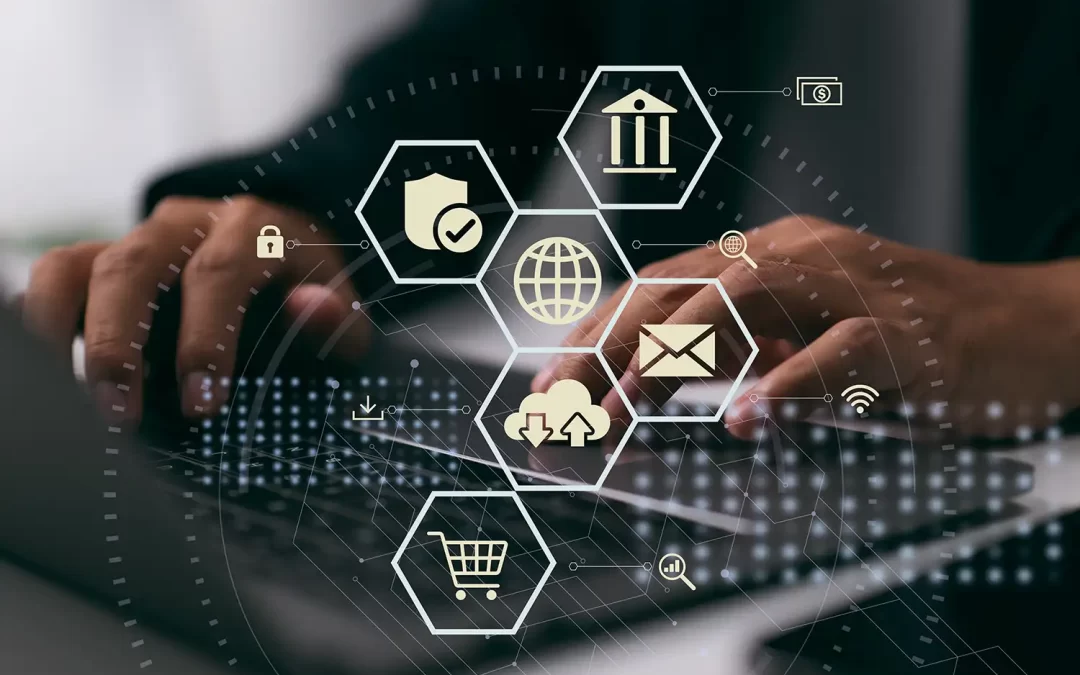Let’s play a little game. Think back to the most recent exchange you had with a delivery driver, cashier or waiter. Now, remember the last time you had to contact your internet provider or bank to solve an issue. Regardless of the tangible outcome, I’m sure each interaction left you with an impression — hopefully, a positive one.
That is the power of customer experience.
Gartner defines customer experience as “the customer’s perceptions and related feelings caused by the one-off and cumulative effect of interactions with a supplier’s employees, systems, channels or products.” And it is the most essential component in any business relationship. So much so that companies like Salesforce and HubSpot have devoted their resources to researching just how much good customer service impacts brand loyalty, retention, and revenue. Salesforce’s findings show that 89% of customers would return for a purchase if the customer service experience is positive, while HubSpot reports that 82% of consumers expect an immediate response from a brand’s marketing or sales team.
Considering these statistics, along with the high costs of acquiring new customers compared to retaining existing ones, point to just how important it is to plan for and implement customer experience strategies as a service provider.
Here’s how you can start.
How to create a frictionless customer experience
In the world of technology, friction is defined as anything that has a negative impact on customer experience. Long hold times, difficulty finding the checkout option, unavailable salespeople, and other similar barriers disrupt your prospects’ intent to engage with you and can create frustration and stress, among other negative feelings.
The first goal in your customer experience strategy is to remove friction. This is achieved through careful processes and systems that make it easier for customers to reach a happy conclusion in every engagement with you.
Recognize
In order to remove friction, you must first recognize it. You can find friction at any stage of the customer journey, from discovery to post-purchase interactions. So, we must begin by identifying every customer touchpoint in the customer journey.
A relatable example of friction in customer experience is when a customer submits a service request. If you’ve had to claim a guarantee, you may have had to call a service number, which likely transferred you to a different department, from which you were told to go to the store, which referred you back to the helpline.
This type of process is incredibly frustrating and puts a damper on the best products because it puts the burden of service on the customer. Brands like Apple have mastered the art of service by centralizing their operations, so no matter where in the world you are or where you bought your device, you can walk into an Apple store and get help. A totally different experience — and one that separates the tech giant from many other brands.
Analyze
Now that you have a clear view of every customer touchpoint, it’s time to see its role in the customer journey.
Analyze aspects like how many steps there are in the buying process, how clear and readily available is the information prospects need, and how easy it would be for a customer to ask for help should the need arise.
Thankfully, there is a lot of data you can use at this stage. Churn rates, average resolution time, ticket volume, and first contact resolution rate are only some of the metrics you can use to accurately find the friction in your organization and devise the best ways to address it.
Streamline
Consumers now have a lot more interactions with any brand or company than ever before, which greatly influences their experience and creates a more complex process for you as the provider.
A prospect used to engage directly with a salesperson, but now, they may visit your website, subscribe to your newsletter, and engage on social media before they even talk to a representative. All of these facets must align as each of them is crucial for your overall customer experience.
Streamlining your processes to remove any unnecessary steps helps both your team to provide a better service and your customers to enjoy the experience more. Not to mention that it can cut your costs and increase your profit margins.
Lean Six Sigma is one of the most popular project management methodologies for increased efficiency and lean operations. If you find that you’re dealing with increased customer service demands, higher-than-normal losses, or wasting resources, this methodology may transform your organization.
Strategize
Friction is not always a bad thing in tech. Some forms of friction, like your bank contacting you about unusual movements, are positive as they prevent users from committing a mistake (like permanently deleting their data) or risking their property (like in the case of the bank). So the goal is not to eliminate friction from everywhere in your processes and systems.
That said, friction must be a well-thought-out component of your customer experience strategy, not a byproduct of inefficient operations.
Together, we can devise a customer experience strategy that removes unnecessary friction, keeps your customers happy and optimizes your organization’s use of resources. Book a consultation now to learn more about how we can make this happen.



